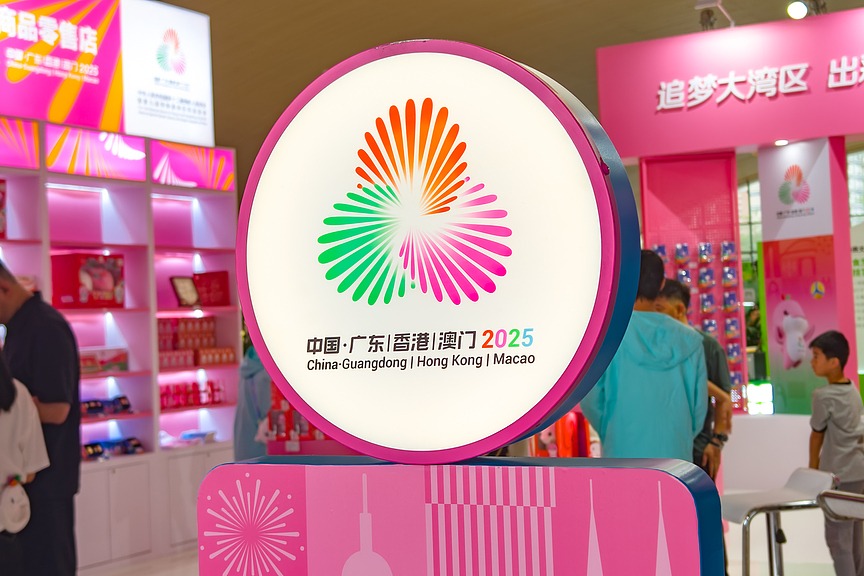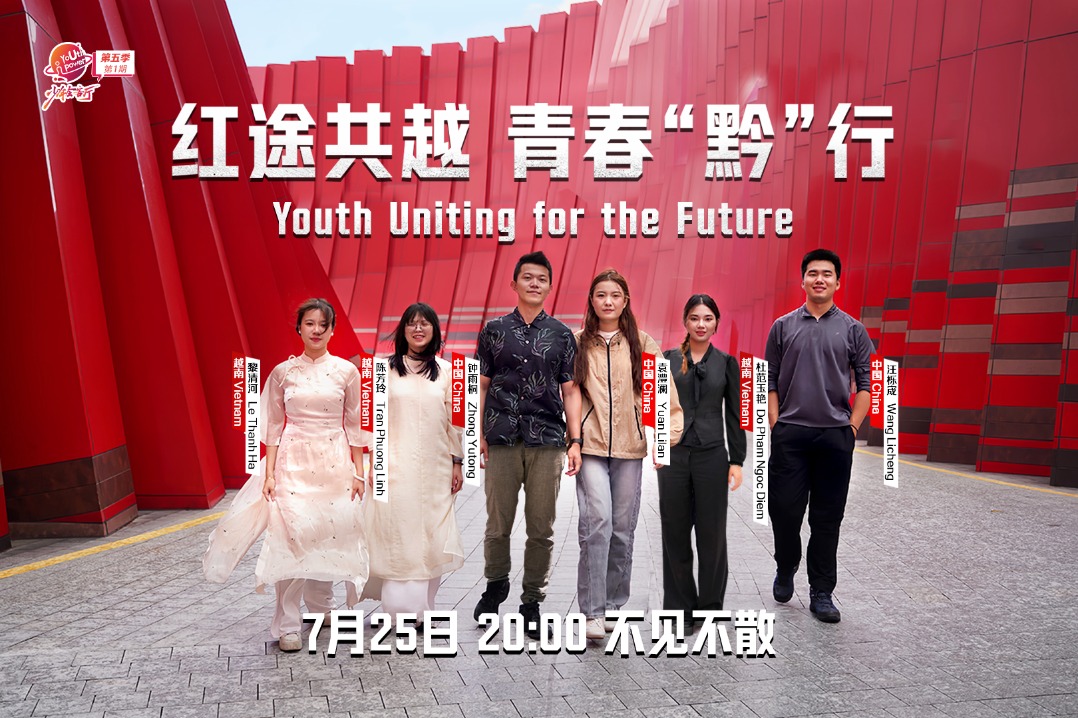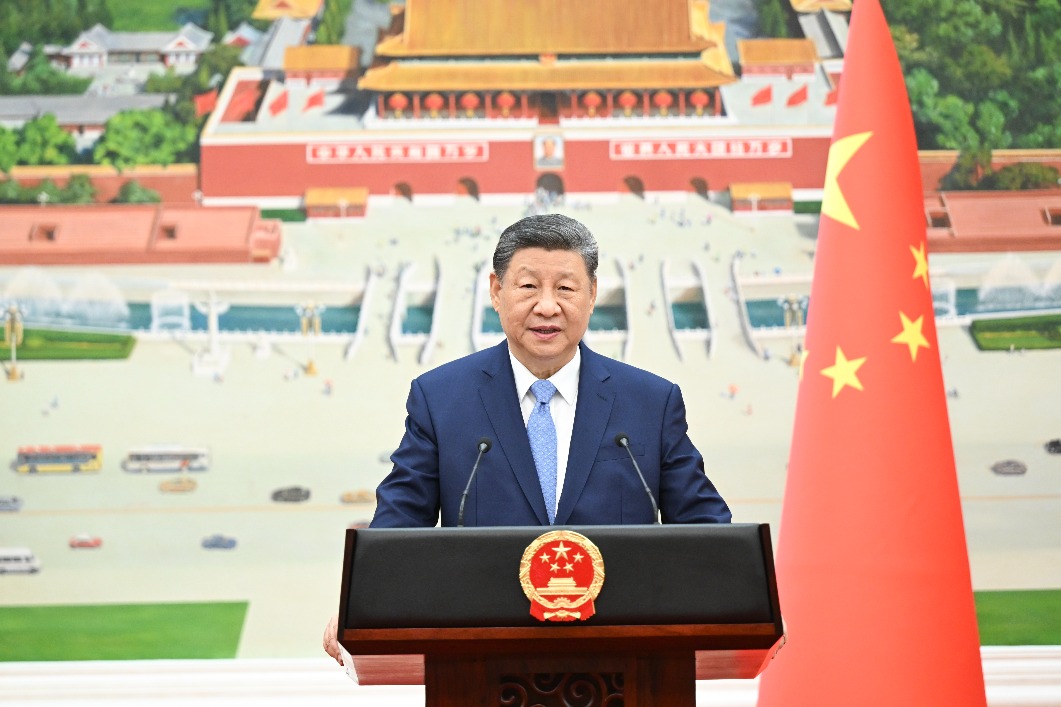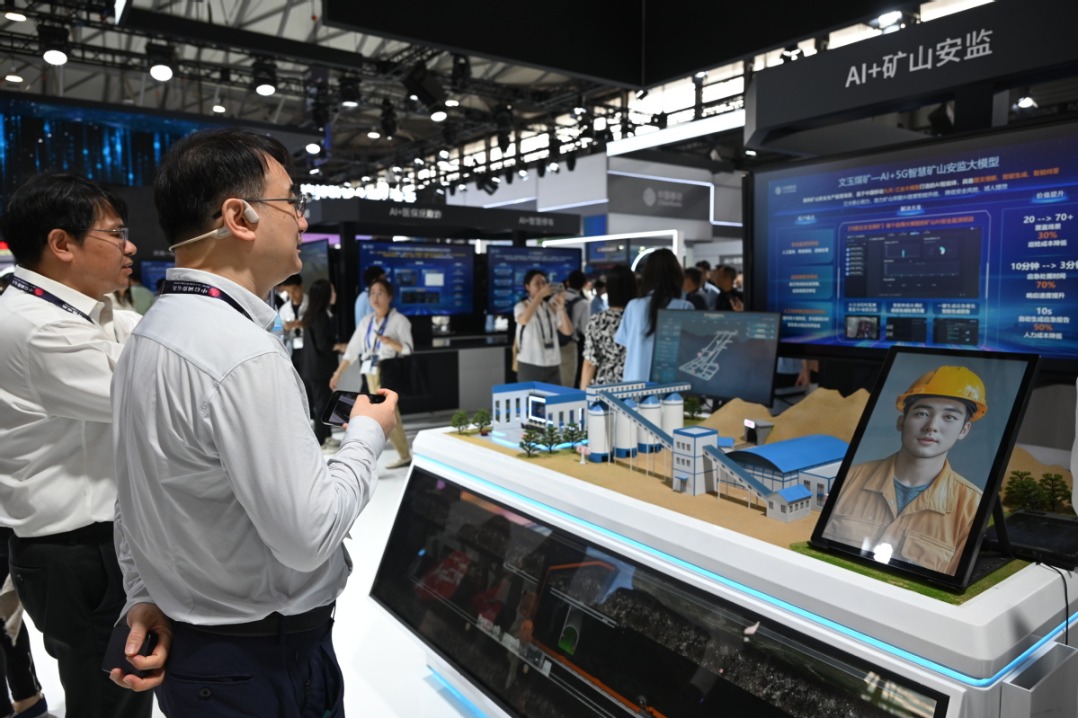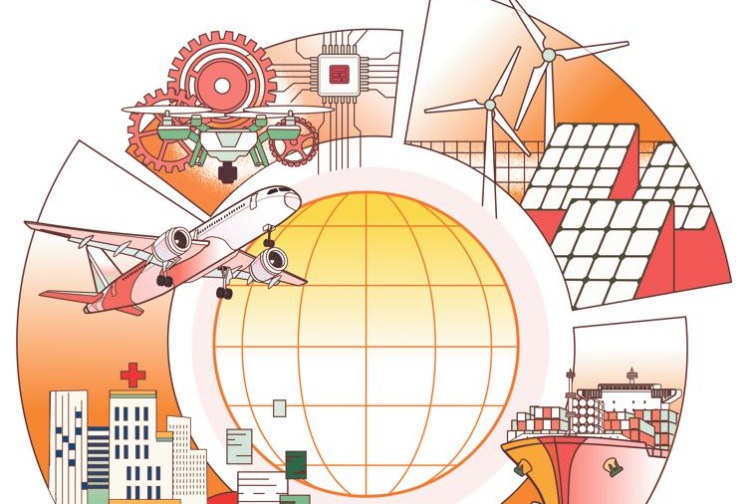The Belt and Road Initiative as a New Silk Road

The Belt and Road Initiative as a New Silk Road
Editor's note: Laurence Brahm, first came to China as a fresh university exchange student from the US in 1981 and he has spent much of the past three and a half decades living and working in the country. He has been a lawyer, a writer, and now he is Founding Director of Himalayan Consensus and a Senior International Fellow at the Center for China and Globalization.
He has captured his own story and the nation's journey in China Reform and Opening – Forty Years in Perspective. China Daily is running a series of articles starting from May 24 that reveal the changes that have taken place in the country in the past four decades. Keep track of the story by following us.
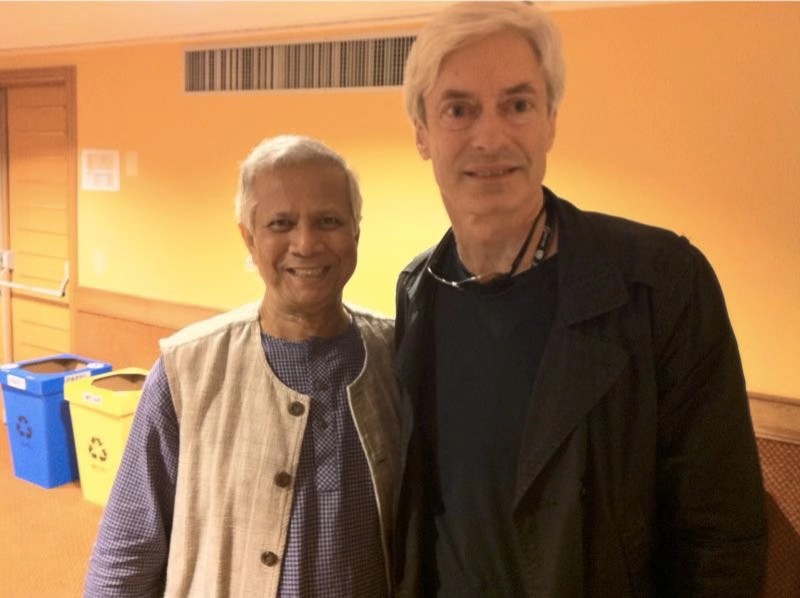
May 14, 2017, it was a beautiful spring morning at Yanqi Lake beside the Great Wall of China. State leaders arriving in stretch limousines walked on the red carpet to convene the One Belt One Road Cooperation Summit Forum. Watching from the broadcasting studio at CGTN, I had been invited as a guest commentator to offer live analysis of the event. I realized that many foreign observers were not completely clear as to the meaning underlying the concept of One Belt One Road. So I tried to put it into a historical perspective.
The Silk Road was once the global economic order for nearly 2,000 years. It was temporarily disrupted by colonialism and the post-colonial, post-World War II economic order. In the context of China’s historic view, these disruptions were short-term and temporary interruptions in the interactive trade and cultural matrix that existed throughout China’s long history. China is about to bring it all back. And on the back of the new Silk Road, a new era is about to begin.
Following de-colonization after World War II China and a number of de-colonized newly established nations formed the non-aligned movement, core to which was the concept of the “Third World Revolution.” Threshold convening of non-aligned nations occurred in Bandung and Algiers. However, this Third World uprising against the West and the post-colonial economic order was still crusted in ideas of revolution and violent resistance. Today with the emerging South-South cooperation, it is more a question of capital investment, infrastructure and integration of experiences and coordination of policies on a host of international issues. Once again, China takes the lead.
China’s economic miracle involved many decades combination of state fixed asset investment together with large inflows of foreign capital, for which China created a relatively open and attractive investment environment and market. With massive inbound investment, China became the factory of the world.
China’s economic miracle was built on a formula that combined market with planning, managed marketization. It is not about communism versus capitalism as often portrayed in the West but rather merging those aspects of market with planning in a pragmatic and not ideological way. Without infrastructure and connectivity (roads, grids, and ports) nothing can develop.
However, labor costs (due in large part to increased labor protections, benefits and laws) and higher costs of living due to overall social improvement and real estate costs connected to fossil fuel prices, have made China less price competitive. China is now becoming the investor of the world and about to become the central bank of the world, as it invests across South-South regions now integrated into the Belt and Road Initiative. The Belt and Road Initiative that China has announced is also about connectivity.
China is taking this experience of its own, sharing and extending it globally through the BRI that will evolve an integrated network of communications and transportation that will facilitate investment and development across the South-South zone or belt. China is now investing in this infrastructure for other nations, exporting labor, materials and technology that in turn will benefit China’s economy, that of the host country, and build economic resilience for everyone involved.
The BRI can be viewed as having multiple win-win value for China and the other countries participating. China’s own experience of economic development has been in large part dependent upon the construction of core infrastructure in its interior to offer compatible networks allowing for the flow of goods and services. Without connectivity, there could be no economic development. Many countries of the BRI are landlocked and do not have the connectivity that would allow them to develop. By investing in the road, rail, port and communication networks, China is extending its own development approach to other countries. In turn, with substantial infrastructure, China’s own outbound investments could enable globalization to reach a new level of both breadth and depth. Moreover, only if other countries can have stable and assured economic development, can global security be sustainable.
Embedded in the BRI, is President Xi Jinping’s vision of a “community of shared future for all mankind”. The countries of the BRI network account for some 30 percent of global GDP. Add China standing at 14.84 percent and we are talking about 44.84 percent or half of global GDP. So why should the developing world listen to standards fixed by the most developed nations of the world, when it can set new standards? That is exactly what is happening and why the “community of shared future for all mankind” really represents an emerging set of standards, values, and solutions shared by the global south for their shared sustainable prosperity.
Please click here to read previous articles.

















